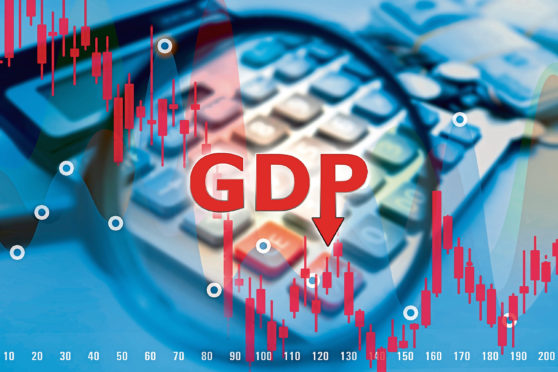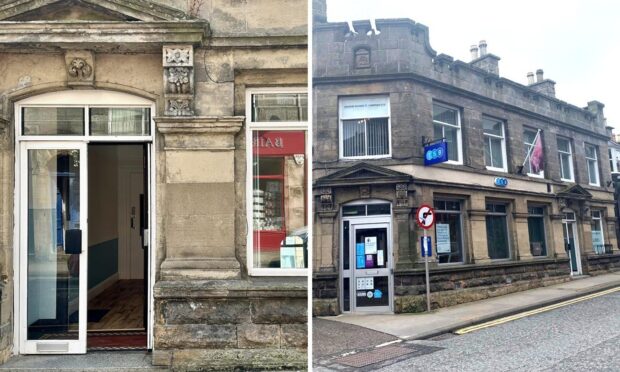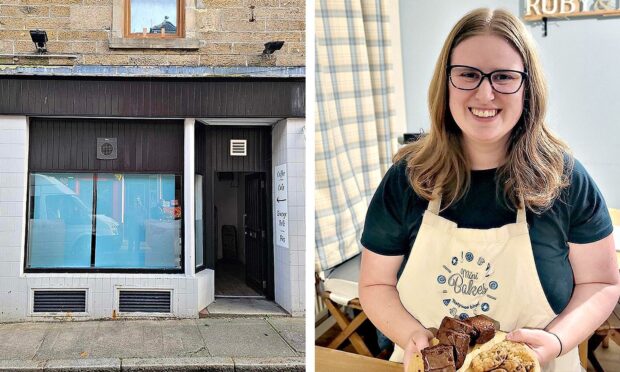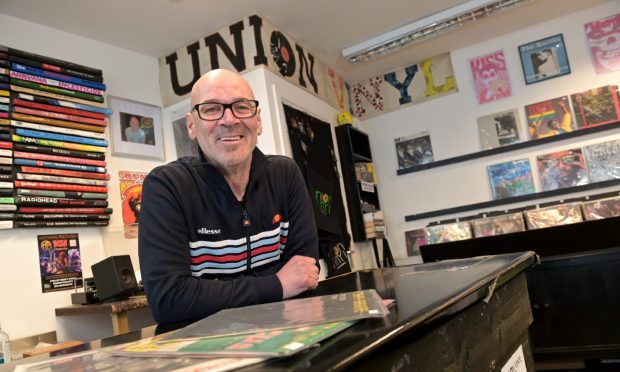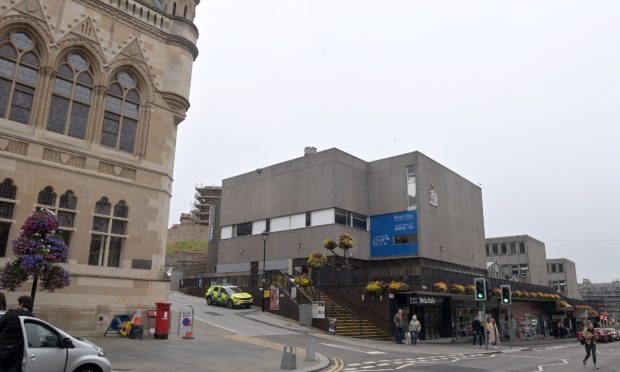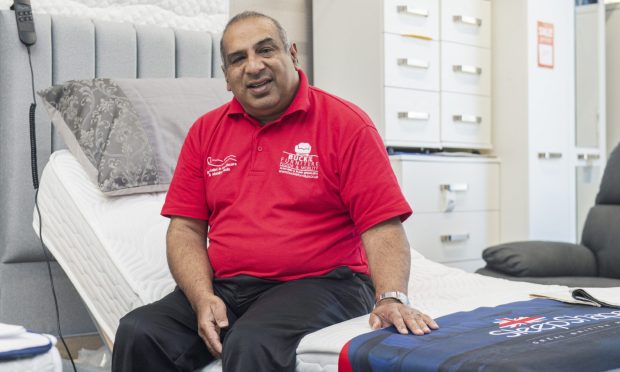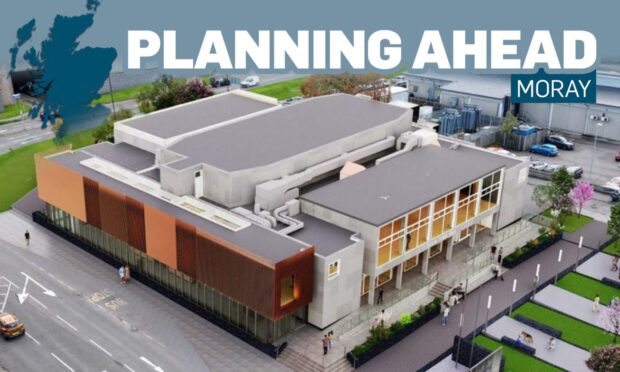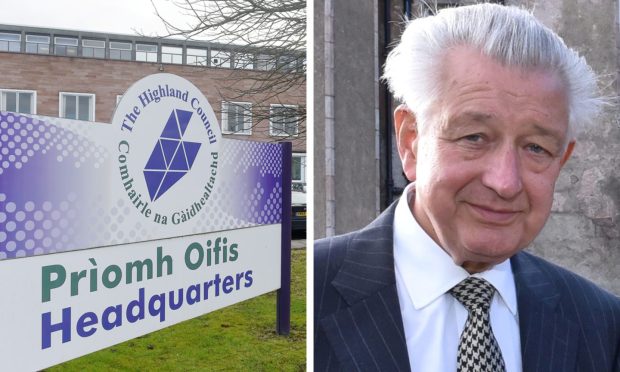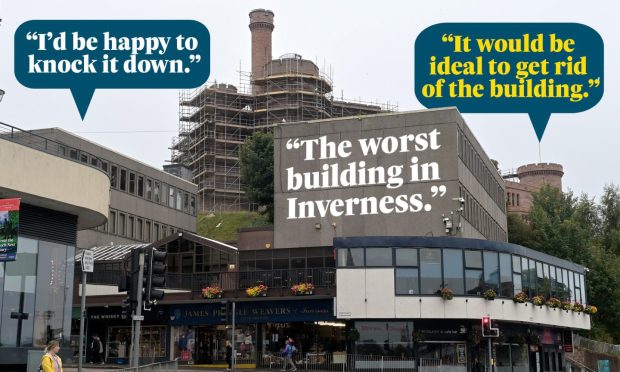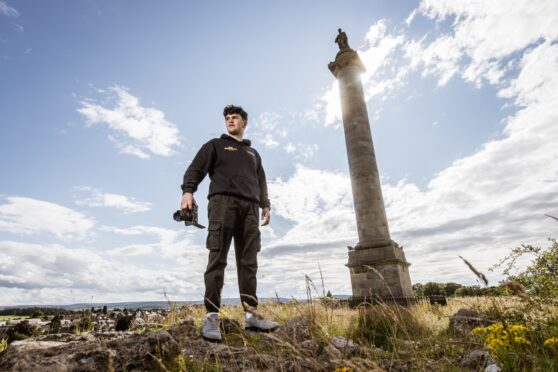The pace of the UK’s economic recovery from the Covid-19 pandemic has slowed considerably and is far below what experts had hoped, new figures show.
Gross Domestic Product (GDP) was up 2.1% during August, according to data from the Office for National Statistics (ONS).
It was the fourth consecutive month of growth after the economy took a serious hit in the depths of the pandemic.
However, it is less than half of what experts had expected and a major slowdown since July.
Analysts expected GDP would increase 4.6%, according to a consensus taken by Pantheon Macroeconomics.
In July, GDP was up 6.4% and in June it rose 9.1%, according to ONS data.
The government invested hundreds of millions of pounds to get the economy back on its feet in August, including promising to pay for half a restaurant bill during parts of the month.
It was largely this scheme and other government initiatives that encouraged growth across the month, said Suren Thiru, head of economics at the British Chamber of Commerce.
The accommodation and food service sectors contributed 1.25 percentage points of August’s growth in GDP.
“The increase in activity in August largely reflects a temporary boost from the economy reopening and government stimulus, including the Eat Out To Help Out scheme, rather than proof of a sustained “V”-shaped recovery,” he said.
“It is now vital that the government is ready to help companies through what will prove to be a “difficult winter,” Mr Thiru added.
This will need measures “beyond the chancellor’s recent interventions”.
The data shows GDP rose by 8% in the three months to the end of August.
It marks a major turnaround from the depths of lockdown after GDP notched up a record 19.5% drop in April.
However, the measure is still 9.2% below where it was in February this year.
ONS deputy national statistician for economic statistics Jonathan Athow said: “The economy continued to recover in August but by less than in recent months.
“There was strong growth in restaurants and accommodation due to the easing of lockdown rules, the Eat Out To Help Out scheme and people choosing summer ‘staycations’,” he said.
“However, many other parts of the service sector recorded muted growth.
“Construction also continued its recovery, with a significant boost from housebuilding.
“There was limited growth in manufacturing, which remains down on its pre-pandemic level, with car and aircraft production still much lower than the start of the year.”
Commenting on the latest GDP figures, Ian Stewart, chief economist at Deloitte, said: “Given the boost from pent-up demand, staycations and the Eat Out to Help Out scheme, August looked set for an outsize rise in GDP.
“But there’s less bounce in August’s rebound from the lockdown than expected.”
